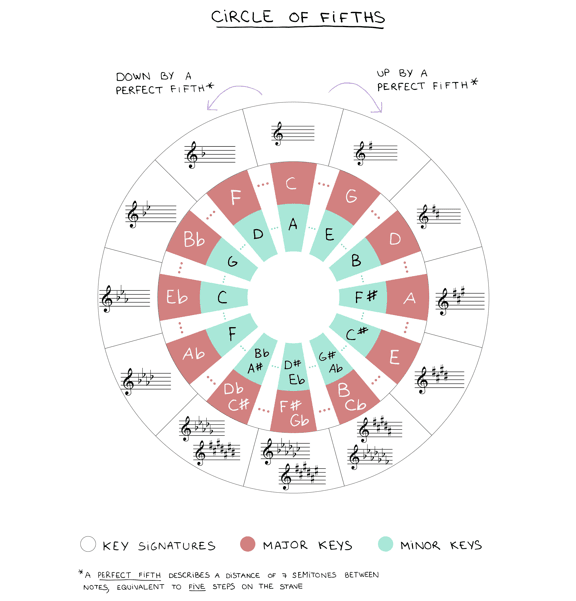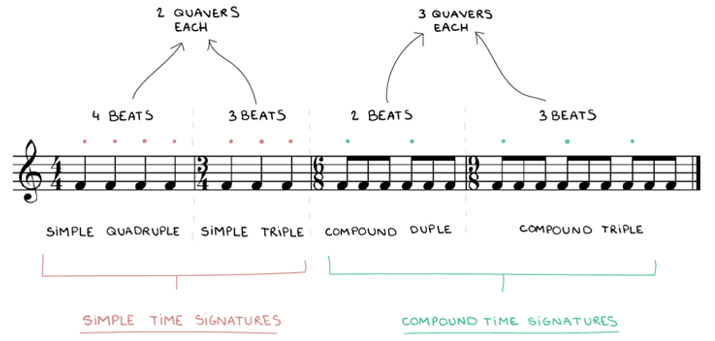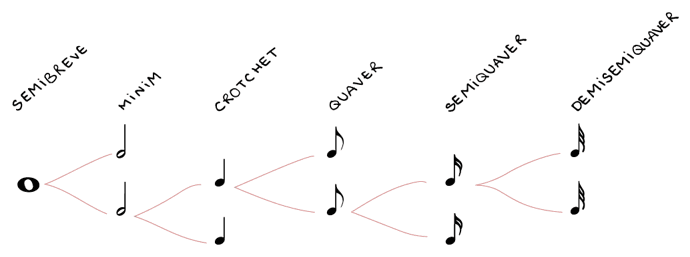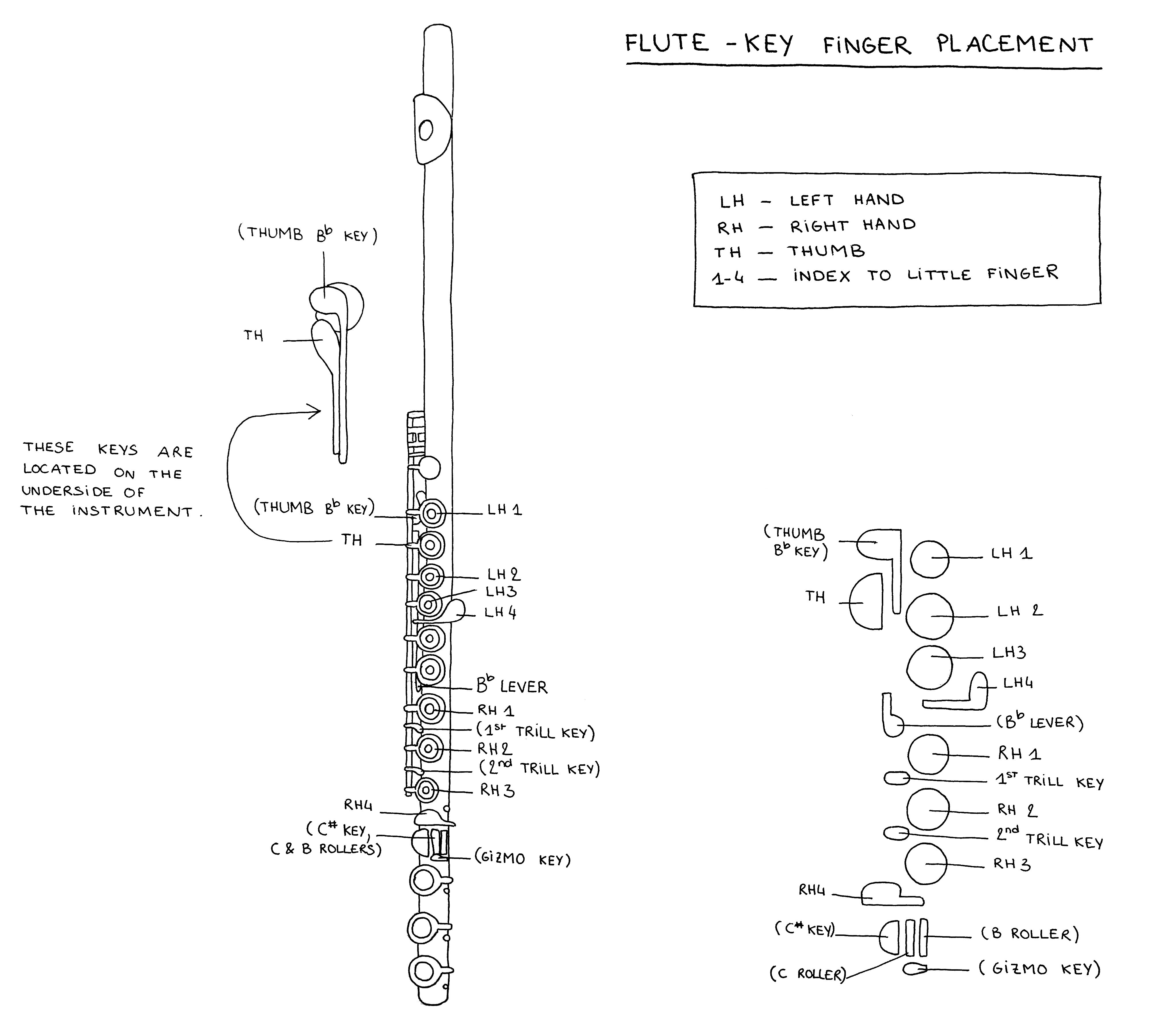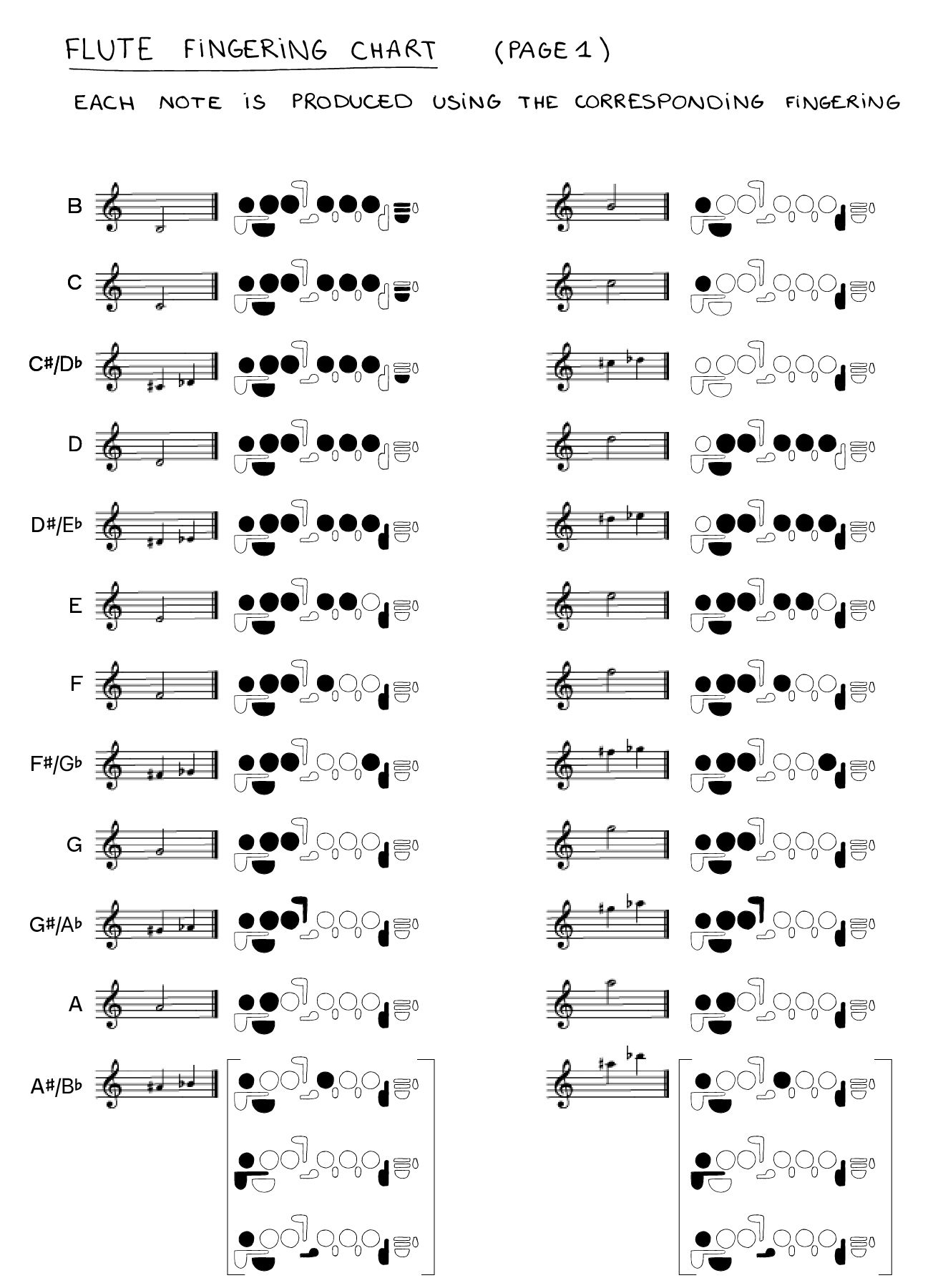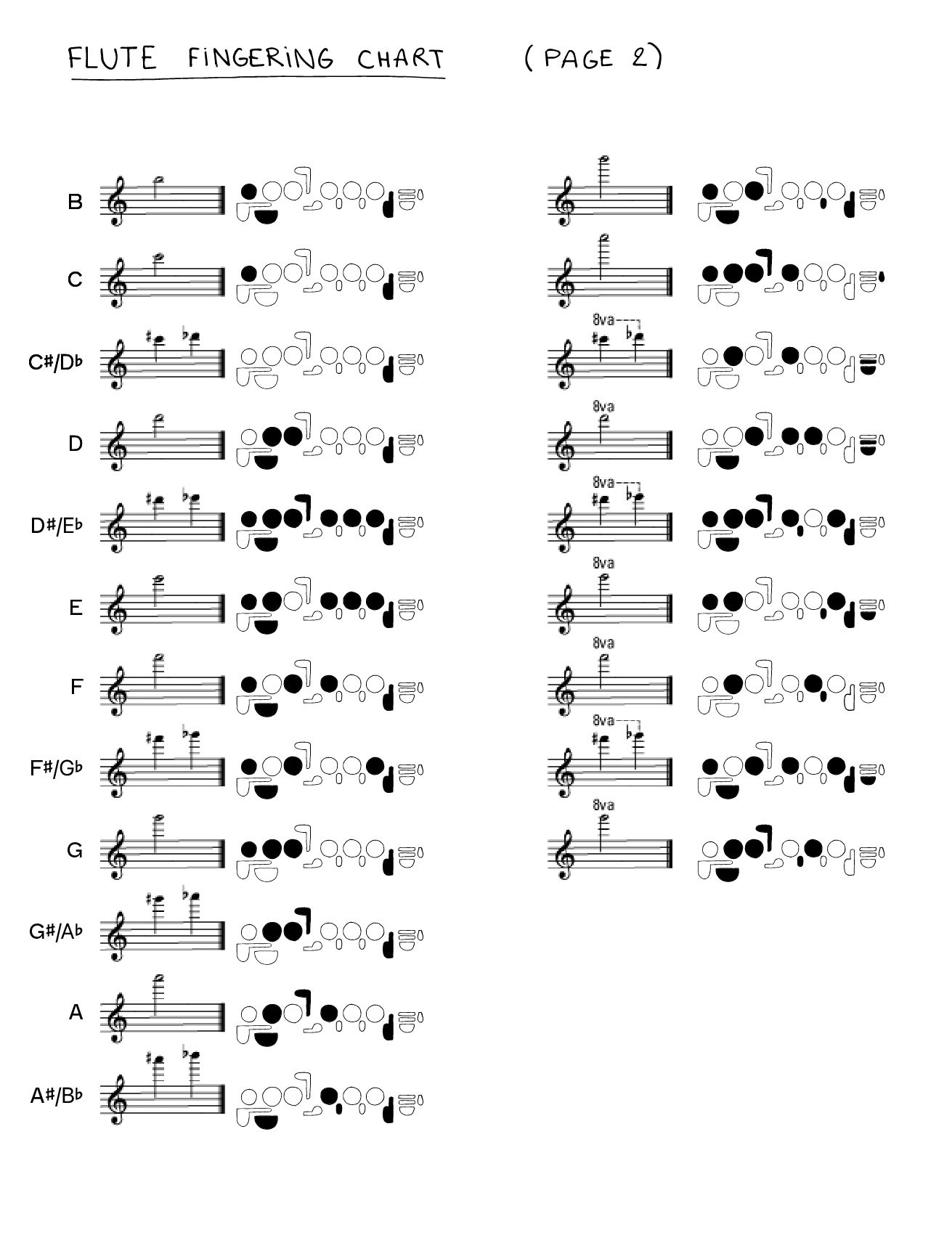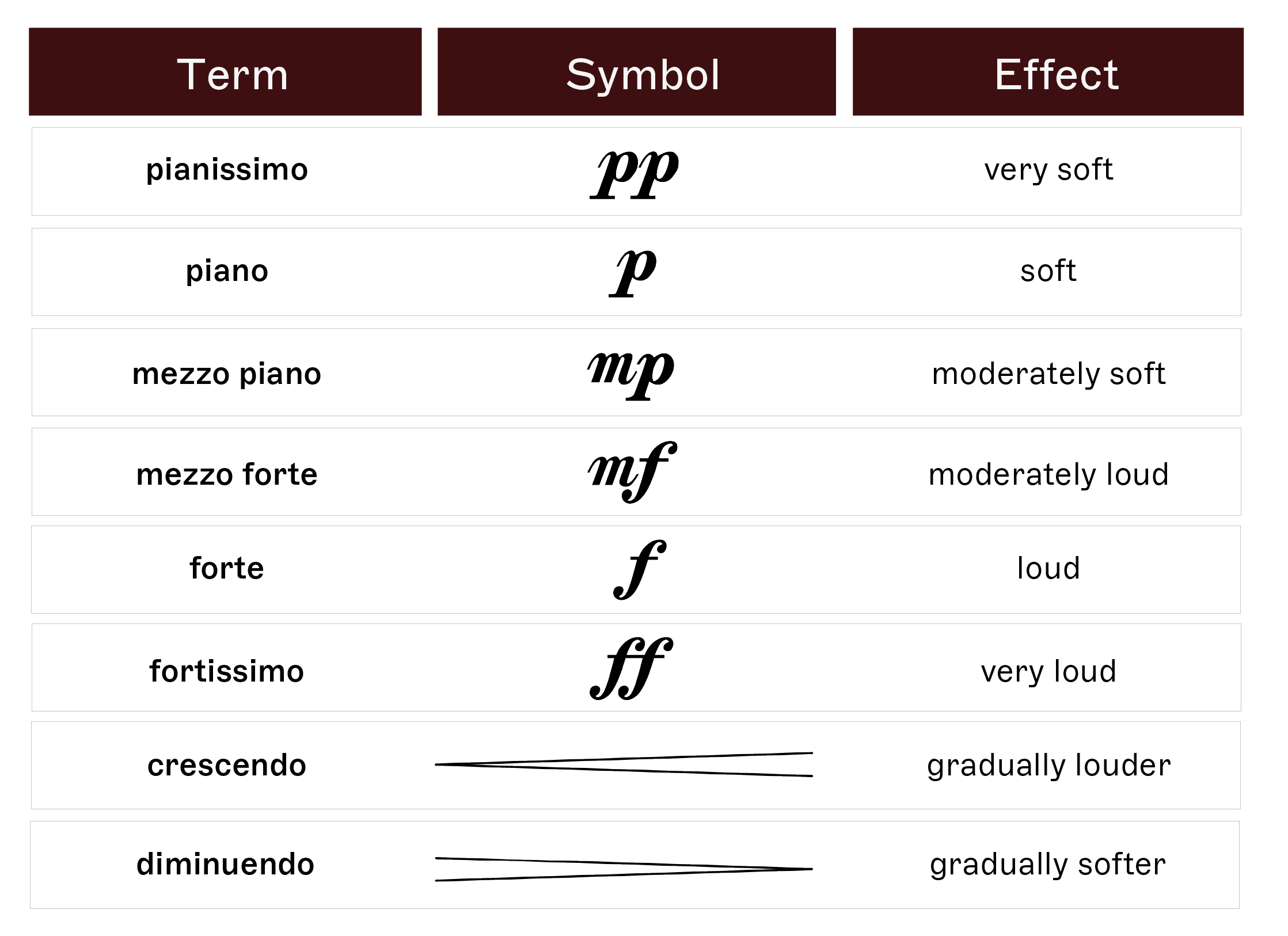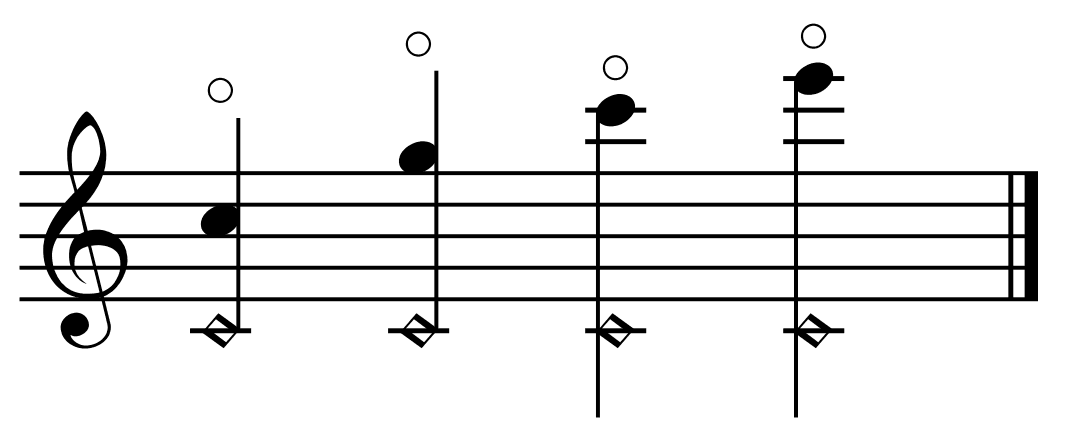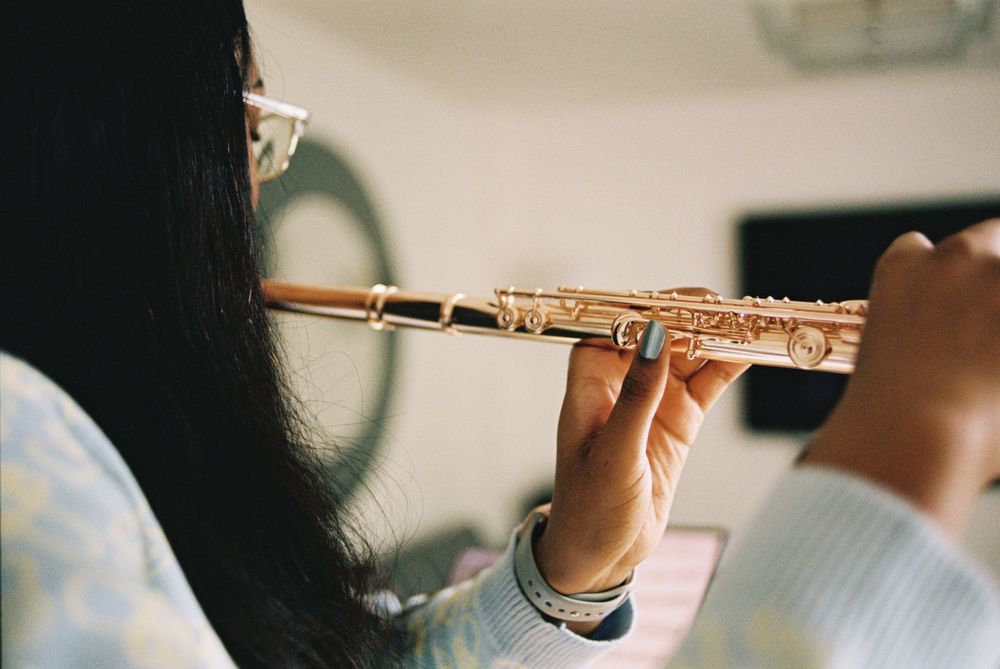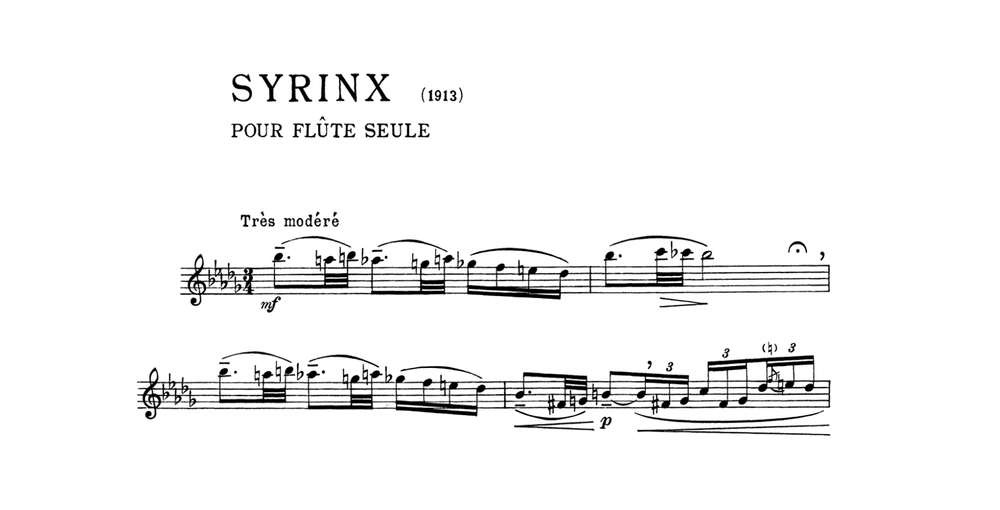Step 1: Staff notation
Flute sheet music, while written for the flute, uses staff notation, a system common to all music written in the Western tradition. If you want to learn to read flute sheet music, you’ll need to first learn how to read general sheet music first.
Getting to grips with it is quite a process, involving a range of steps that can take a while to overcome. For that reason, we’re going to condense things a little and focus only on the most fundamental aspects of staff notation here.
If you’re keen to learn the principles of sheet music in more detail, then you might find this piece on how to read piano sheet music of greater use. It should prove especially handy if you’re planning to engage with classical music on a wider scale, and not just on the flute.
How it works
Music in staff notation is written on five parallel horizontal lines. These lines, and the spaces between them, represent fixed musical pitches. Thinking horizontally, they also represent the passage of time - that’s why notes that appear one after the other are played one after the other. These lines are collectively known as the stave, or staff.
Clefs and pitches
Positioned at the far left of the stave, clefs fix certain pitches to the stave’s lines and spaces. A range of clefs are used in staff notation, such as the bass clef and the alto clef, but flute music uses the treble clef only. You might see it referred to as a G-clef, because it’s actually just an ornately written letter G, which marks that same note.
Below you can see this clef in action, with the pitches it assigns to the lines and spaces on the stave. Notes can also extend below and above the stave, and these are common in flute music. They’re written on what’s known as ledger lines.

